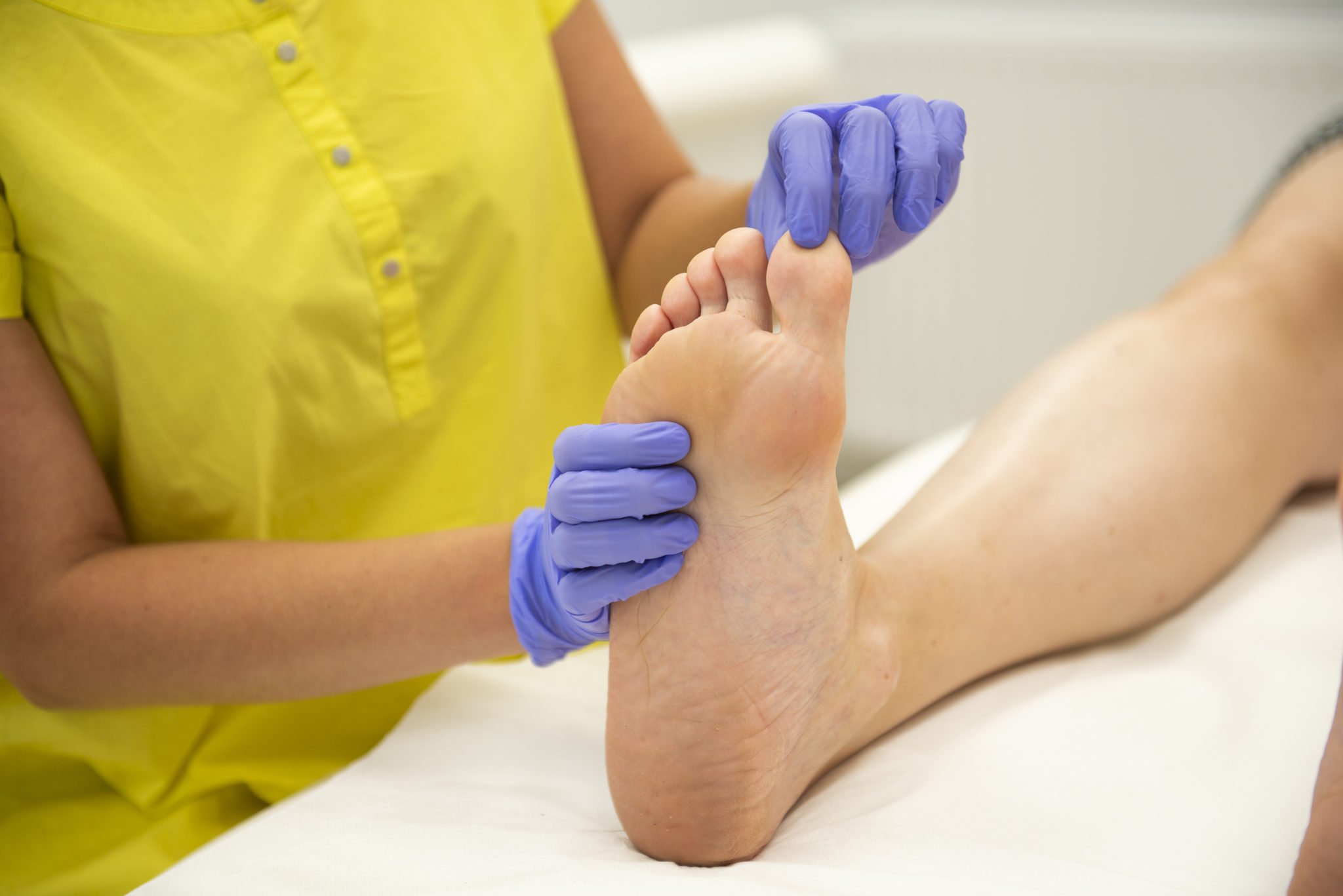Ingrown toenail



Important info:
Price:
1190 PLN
Follow-up visit
free of charge
Duration:
40 – 60 min
Preparation:
none
In the initial period of ingrown nail, when the changes are not too acute, conservative treatment can be applied, such as orthonyxy, which involves wearing braces, which change the course of nail plate growth. In case of advanced, reoccurring inflammations with infections, surgical methods are most effective.
What is an ingrown toenail?
Ingrown toenail usually affects the big toe – its ridge grows into the skin, pressures on it and cuts through it, causing inflammation and painful swelling. As a complication, subsequently, local bacterial and fungus infections can appear, in severe cases, penetrating to the bone. The risk of complications is increased if the patient is also suffering from diabetes and atherosclerosis.
Causes of ingrown nail:
- genetically determined anatomic build,
- damage of the nail matrix caused by trauma or infection,
- bone structure and toe joint structure faults,
- vascular changes in the course of circulatory insufficiency,
- overly tight shoes,
- obesity,
- hyperhidrosis leading to skin maceration.
What is phenolization?
After applying anaesthetic to the toe and sanitising the skin and nail, a surgical tool is used to take the ridge of the toenail out of the nail wall. The ridge of the nail is cut to leave a small rift between the nail and the nail wall. Then a 88% phenol solution is applied, which is supposed to chemically destroy the germinal matrix, thanks to which the nail will grow more narrow and will not ingrow in the wall. Subsequently a dressing is applied and any potential suture. If stitches are applied, they should be removed, in the timeframe recommended by the doctor, usually it is 7-10 days.
Recovery
The healing process takes approximately 1 month, however full fitness is regained after several days. It does not require to leave in stitches or cut out a part of the toe, as it happens with other surgical methods. During the initial period it may require taking pain relief medication and changing the dressings until the toenail ridge is healed.
Important info:
Price:
1190 PLN
Follow-up visit
free of charge
Duration:
40 – 60 min
Preparation:
none
Consult our specialists:










